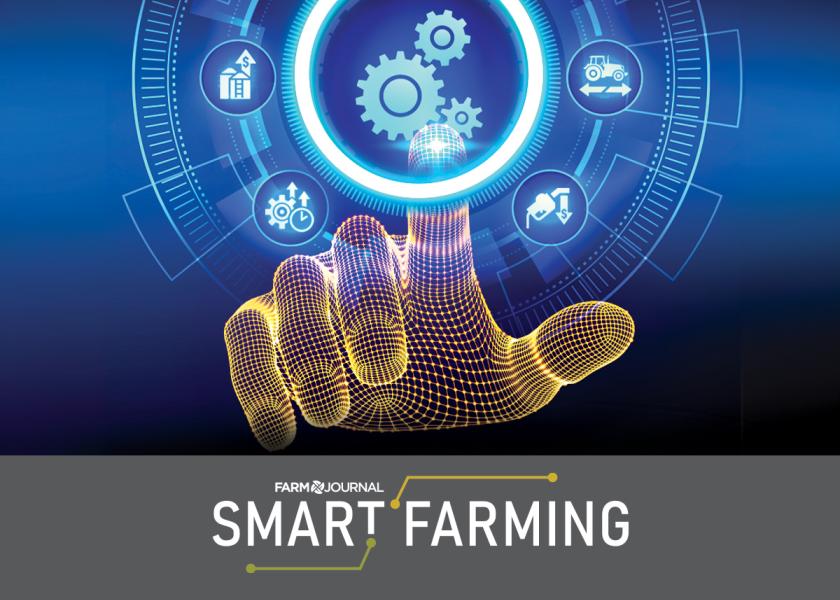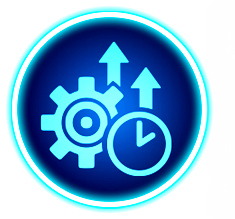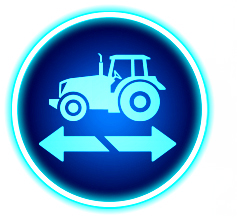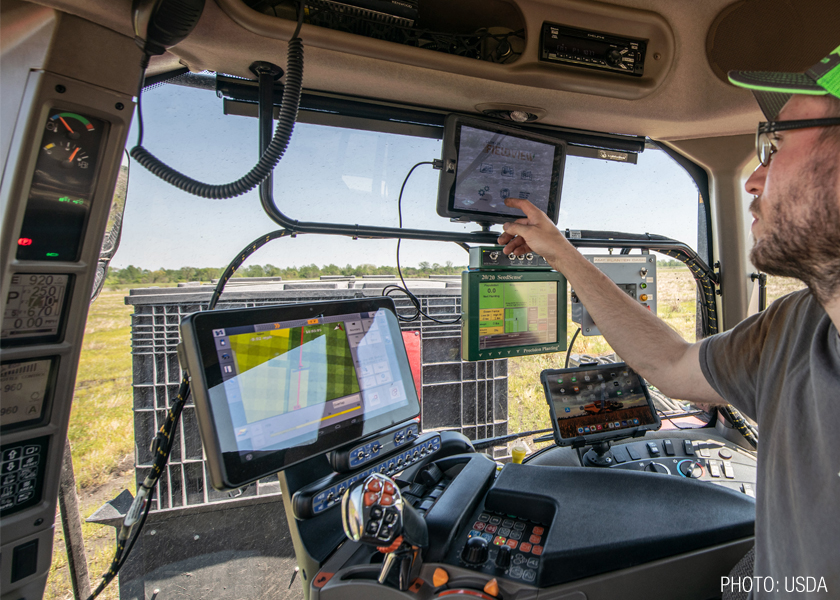4 Ways to Focus a Tech Audit

Farm Journal’s Smart Farming Week is an annual week-long emphasis on innovation in agriculture. The goal is to encourage you to explore and prioritize the technology, tools and practices that will help you farm smarter. Innovation today ensures an efficient, productive and sustainable tomorrow.
There is a tremendous amount of new technology available these days, and the list is constantly growing.
While technology access and options might be the greatest in the history of farming, implementing and benefiting from the deployment of such technology, in many cases, is an entirely different story.
Most traditional row-crop and livestock operations have limited resources to devote to this area, especially in the wake of rising costs of iron, inputs and interest. When resources and cash flow are running tight, investment in new technology is typically one of the first players to be cut from the team.
In today’s farming environment, putting the capital into technology is paramount for the viability and growth of the business. To make sure you’re getting the most bang for your buck, start with a technology audit before making decisions about how to maximize those resources.
The focus of a farm technology audit, and subsequent purchase plans, can be based on these four key areas:
 1. Grow business revenue.
1. Grow business revenue.
The first thing farmers think about when growing the farm is growing the number of acres or bushels. But today’s technology also allows for ways to grow business revenues without expending a mountain of capital resources. For example, more comprehensive digital field and grain bin tracking technology allows for more targeted contracts based more on a crop’s condition and digital data pedigree than solely its yield. There’s also emerging sustainability markets where the revenue is totally decoupled from the crop itself. The catch-all of these new opportunities are impossible to scale without digitizing the farm from top to bottom.
 Increase productivity.
Increase productivity.
Automating tasks and processes can help with costs and performance. Auto-steer is likely one of agriculture’s greatest examples of a technology that checked this box on a massive scale. In a Southern Agricultural Economics Association auto-steer impact study, the authors saw, in some cases, ROIs approaching nearly 25% productivity gains. As robotics and artificial intelligence advance, agriculture is ripe for leapfrog gains in this area.
 3. Reduce costs.
3. Reduce costs.
Shrinking costs and reducing complexity can help even small and medium-sized farms enable growth. Hands down, automatic swath control and planter clutch technology have been two of precision agriculture’s greatest ROI technologies. Even a decades-old Auburn University study reported input savings ranging between 1% and 12% per field. As even more targeted input technologies evolve and are brought to market, this will certainly be an area to keep your eye on.
 4. Stabilize daily operation.
4. Stabilize daily operation.
Technology has become the heartbeat of a modern farm. In fact, technology has become so embedded that in some cases it is absolutely critical to the daily operation of the business. For example, nearly 50% of acres planted to corn, soybeans, cotton and winter wheat are now managed with auto-steer and guidance systems. What happens if the GPS constellation failed or was jammed by a foreign hacker? On an individual farm, what happens when the electrical grid goes out and automated fans don’t turn on for a grain bin full of wet grain or a chicken production facility.
Ask Yourself These Questions
Peeling back the layers on how your farm is doing in each of these four areas comes down to answering some detailed and pointed questions about your farm’s overall technical health. Those questions include:
- What technology is missing that I absolutely need today or especially will need tomorrow.
- Do my technology pieces play nice together and talk to each other?
- Am I really using the technology I already have and the data that comes with it?
In the real world, those questions might sound something like:
- Do I need to digitize and record more of my field activities, such as anhydrous or crop protection applications?
- If I don’t, am I risking future opportunities in this new age of Climate Smart Commodities and carbon credits?
- Is my yield monitor so old they don’t even make memory card readers to download the data?
- Will my John Deere tractor talk to my new Kinze planter?
Finding the right technology balance will be unique to your farm. Labor, equipment, land and your specific farming practices all play into what technology best serves your goals. If your biggest pain point is labor, start by increasing your focus on automation. For others, it might be the need to find ways to reduce inputs with auto-swath technology.
It’s important to mention that technological harmony on your farm cannot be solved by geeking out and going on a gadget-buying spree. That usually only creates more problems. Before you buy anything new, take an actual physical inventory of the current technology on your farm. This baseline is a pretty good indicator of your farm’s overall technical health.

Ghosts of precision ag’s past
If more than a couple pieces of technology on your farm were put in use or manufactured before Y2K hysteria was an issue, they probably should be taken out and parked in a digital fence row somewhere. There’s no lack of ghosts of precision ag’s past still present on many of today’s farms.
This is the realm still haunted by the YM2000, PF 3000 and Greenstar “brown box” yield monitors. These are the office shop drawers filled with Ziploc bags full of SRAM, PC and Compact-Flash memory cards fragilely hold onto the data of harvests’ past.
Antique analog-era technology is impeding the adoption of newer technologies with greater benefits and simplified ease of use. Curious what happens from holding on to technology far beyond its expiration date? Just ask Southwest Airlines. Its years of cumulating “technological debt,” or old tech, caused their infamous holiday meltdown. Your farm and our industry are susceptible as well.
The only thing worse than old technology is no technology. Realistically, finding no technology on a farm today is rare. However, many farms are stuck in a tech rut where the portfolio hasn’t grown beyond a yield monitor and auto-steer. In the age of sustainability and consumer transparency, it is going to take way more digitization than that. Literally, every pass across a field will need to be recorded.
What about your inner circle?
That means when you are doing your tech audit, it should include assessing your technology as well as the technology of your trusted inner circle — your co-op or commercial applicator, your crop scout, crop insurance agent and your agronomist. All that technology creates data that must interact with yours.
Finally, not investing in technology is not an option — if you want to survive. Since the dawn of precision farming, the industry’s mentality has been that technology falls into more of a luxury category than treating it as the capital expense it should be.
The technology treadmill in agriculture has always been unforgiving. Without knowing where you stand and where you’re headed, you’re going to be in for a bumpy ride because today’s technology treadmill has just accelerated to warp speed.
More Smart Farming content for you:
8 Field Activity Data Types You Need to Collect Now
Here's How to Bridge the Data Gap With Your Ag Retailer
10 Easy Ways to Take Your Crop-Scouting Practices to the Next Level







